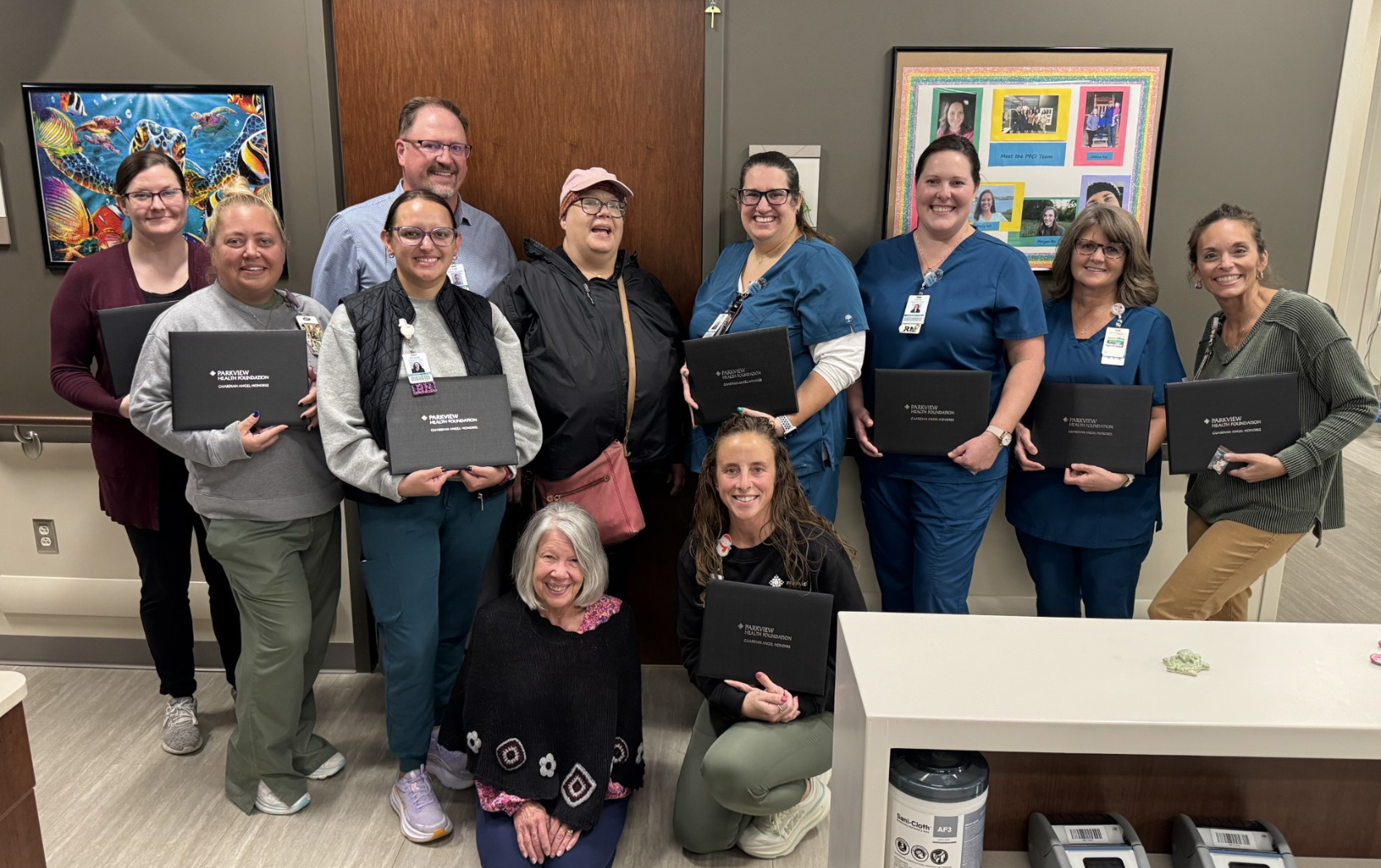
Eating disorders are psychological conditions that affect your relationship with food. They can affect anyone, regardless of age, race, gender or social status. Eating disorders are as common as, if not more common than, anxiety and depression. Despite these challenges affecting so many people, there are a lot of misconceptions that surround eating disorders. Let’s break down the three common types of eating disorders and share what treatment and family support can look like.
What causes an eating disorder?
Eating disorders don’t typically have just one cause, but rather are a puzzle of different factors that all fit together and come into play including genetics, personality and social or cultural pressures. For example, social media and our culture’s focus on weight loss and dieting can be contributing factors that lead to an eating disorder.
Common eating disorders
Binge Eating Disorder
The most common eating disorder is Binge Eating Disorder. It is characterized by a struggle with overeating or eating more than what a person would normally eat. There is usually a psychological component as well that is driving this behavior with food. Binge eating episodes are often followed by distressing feelings of shame, guilt and depression. Binge Eating Disorder is not usually paired with unhealthy weight control tactics like purging.
A common misconception about eating disorders is that they are all focused on weight. Binge Eating Disorder often is not and individuals struggling may be in higher weight bodies, but this isn’t always the case.
Anorexia Nervosa
Anorexia Nervosa is when an individual is undereating what their body needs in terms of calories each day. Then often when the person is calorie deficient, they start to have disordered thoughts around eating. This can be talked about as an “eating disorder voice” in their head that is cruel and leads them to obsess about food and weight. Helping individuals struggling with Anorexia Nervosa includes getting their brains and bodies nourished to silence that voice in their heads.
Bulimia Nervosa
Bulimia Nervosa is when someone is binge eating—overeating large amounts of food—but then they do something to get rid of it. This purging could include self-induced vomiting, abusing laxatives, or overexercising or compulsively moving their body to burn the calories they ate. It could also present as overeating one day and then restricting food the following day.
Treatment of eating disorders
Treatment for individuals dealing with an eating disorder typically takes place with a multidisciplinary team of providers including a therapist/psychologist, a dietician and a physician. Often the individuals on this care team are all specialized in the nuances of eating disorders. Together this team can help you work on both the mental health and the physical health components of an eating disorder.
How to help someone struggling with an eating disorder
There’s a part of the illness that makes it hard for those struggling with an eating disorder to realize how sick they are and often they minimize their own symptoms. They feel like they’re not sick enough or that they’re hiding it well. It often takes a loved one to bring behaviors to their attention.
If you suspect a loved one is struggling with an eating disorder, approach them with love and compassion. Maybe just acknowledge what you’ve noticed by saying, “I’ve noticed, X, Y and Z, and I’m really concerned.” Then gently suggest they could go get an assessment or if you need to offer to call and set up an appointment.
To learn more about eating disorders, visit the National Alliance for Eating Disorders.



